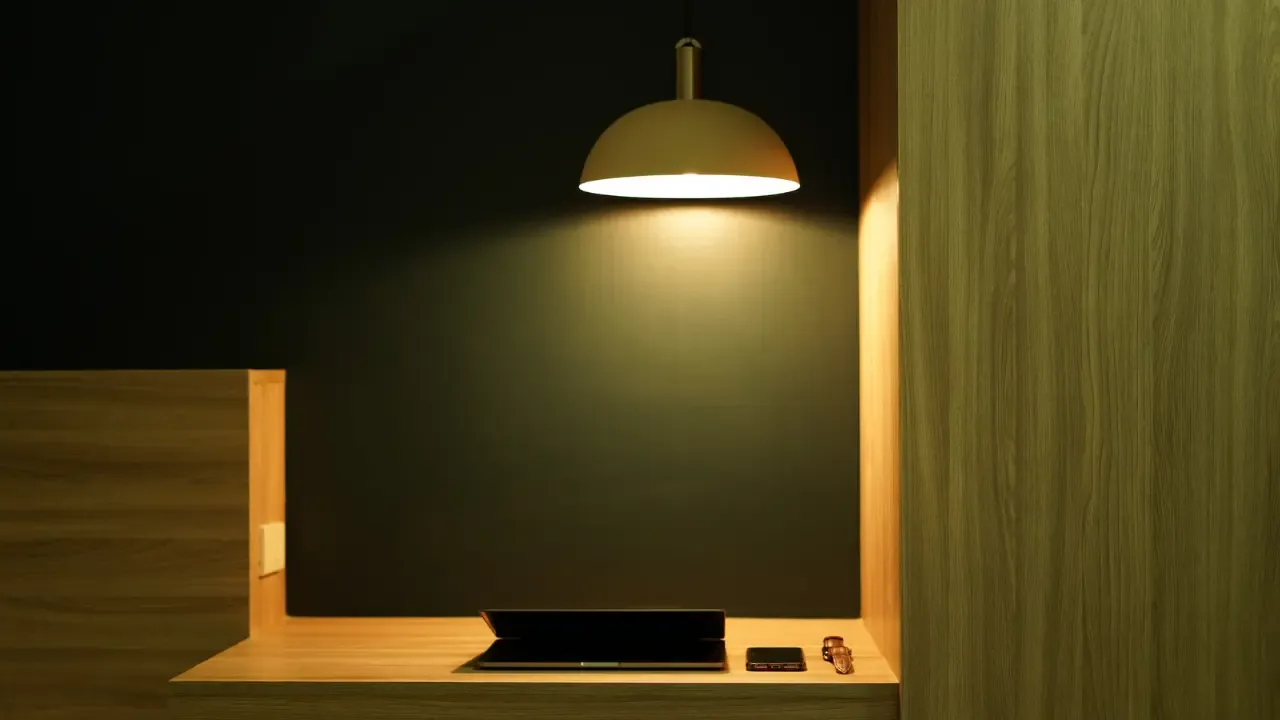How can I fill out a Python string with spaces?

🖊️The Shortest Way to Fill Out Python Strings with Spaces
Do you want to effortlessly fill out a Python string with spaces? 🤔 Don't worry; we've got you covered! In this blog post, we'll explore an easy solution to this common problem and show you the shortest way to achieve it. 💪
The Challenge
Let's start by understanding the challenge at hand. Imagine you have a string and you want to fill it out with spaces on the right side. For example, you want to transform the string hi into hi by adding four spaces at the end. Not only is this useful for formatting purposes, but it can also help align text in tables or when concatenating strings of different lengths.
The Traditional Approach
One way to solve this problem is by measuring the length of the string and adding the required number of spaces. Here's an example:
text = 'hi'
required_length = 7 # Including the original length of 2
spaces = required_length - len(text)
filled_text = text + ' ' * spaces
print(filled_text) # Output: 'hi 'While this approach is effective, it involves a few extra steps, such as calculating the required length and concatenating the spaces. Is there a shorter and cleaner way to achieve the same result? 🤔
The Shortest Way: String Formatting
Good news! Python's string formatting feature provides a concise solution for this problem. You can use the format specification mini-language to achieve the desired result in just a single line of code. 😲
Here's how you can do it:
text = 'hi'
required_length = 7
filled_text = f"{text:<{required_length}}"
print(filled_text) # Output: 'hi 'Let's break down what's happening here:
We define the
textvariable as'hi'.We set the
required_lengthto the desired total length of the string, which is 7 in this example.Using f-string formatting (available from Python 3.6 onwards), we create the
filled_textvariable by placing thetextvariable inside curly braces{}.To the right of the variable, we append
:<{required_length}. The:denotes the start of the format specification, and<aligns the text to the left.{required_length}substitutes the value ofrequired_lengthinto the format string, ensuring that the total length is achieved.
And voila! The output is 'hi '. By utilizing string formatting, we've achieved the same result in a shorter, cleaner, and more readable way. 🎉
Engage with Us!
Did you find this Python string filling technique helpful? We hope you did! Now, it's your turn to try it out and let us know what you think. 😊
Have you encountered any other formatting challenges in Python?
Are there any other Python topics you'd like us to dive into?
Share your experiences, questions, or suggestions in the comments section below. Let's learn together!
Stay tuned for more helpful Python tips and tricks. Until then, happy coding! 👨💻👩💻
Take Your Tech Career to the Next Level
Our application tracking tool helps you manage your job search effectively. Stay organized, track your progress, and land your dream tech job faster.



